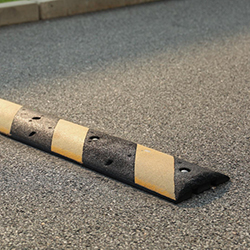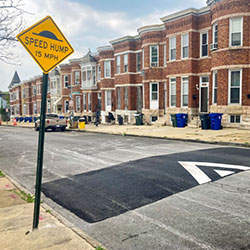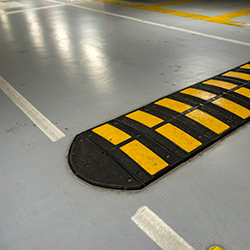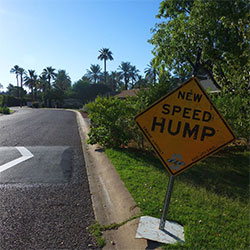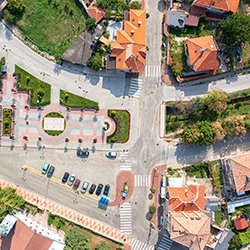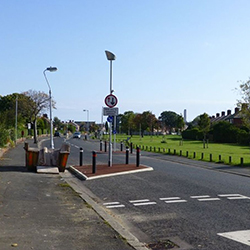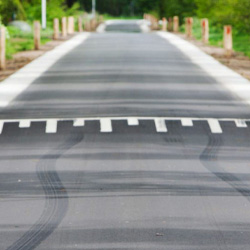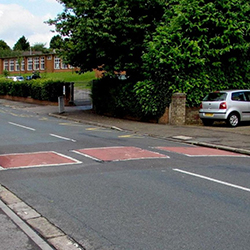The Effective Role of Speed Humps and Bumps
Welcome to our FAQ on the benefits of speed humps and bumps for road safety. These traffic calming measures are designed to effectively reduce vehicle speeds, thereby minimizing the risks associated with fast-driving vehicles in sensitive areas such as school zones and residential streets. In this guide, we will explore how the strategic placement of these devices can lead to safer driving behaviors and significantly decrease the likelihood of accidents, contributing to a safer environment for all road users.
Continue reading “The Effective Role of Speed Humps and Bumps” »


